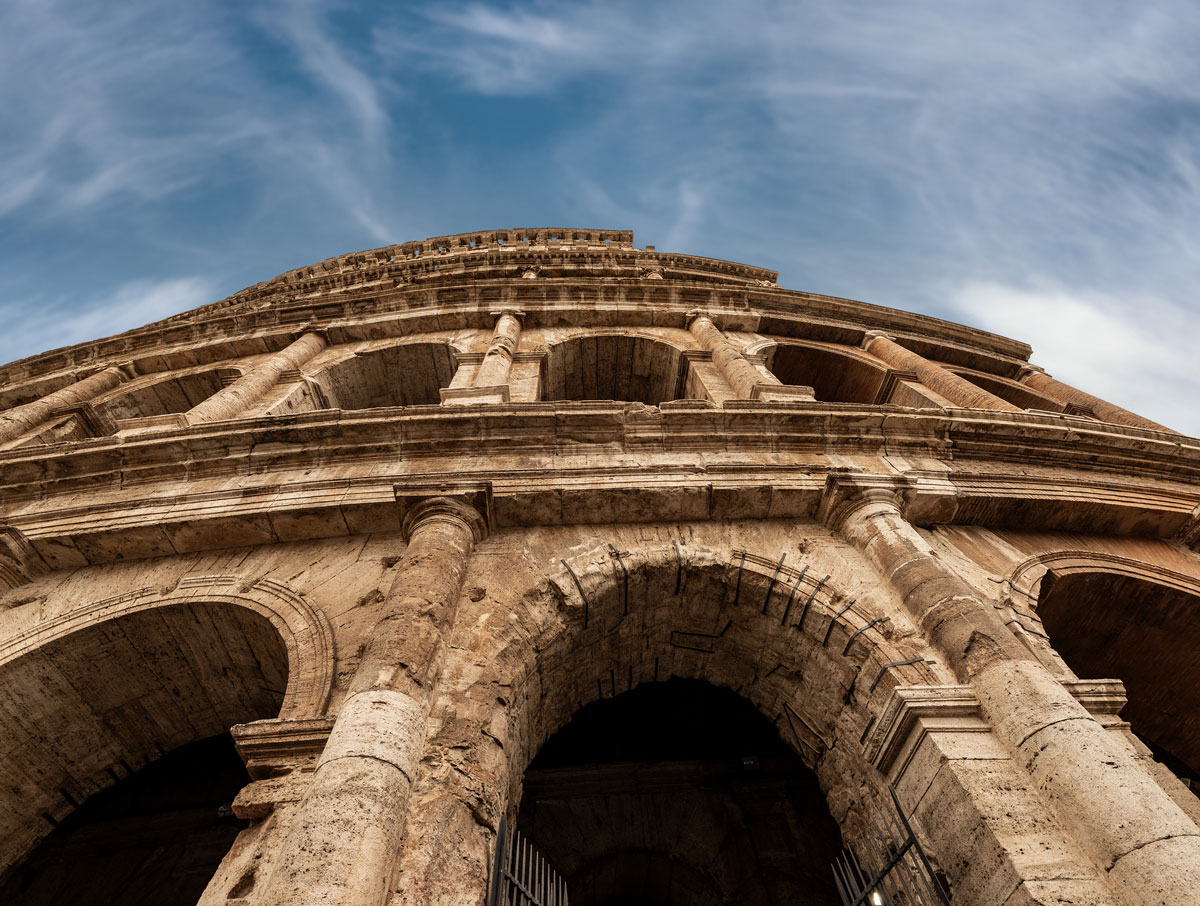Aleksandar i indeed planed to have diplomat units to bribe barbarians! I got hold of the idea a few days ago but without any access to a computer was unable to post it here.
Wait for some cool pictures in a few hours(6-7).
Fairline i unfortunately did not get your e-mail. My e-mail account space was full for a long time and lost many mails. Please send it again if it is not too much trouble.
Wait for some cool pictures in a few hours(6-7).
Fairline i unfortunately did not get your e-mail. My e-mail account space was full for a long time and lost many mails. Please send it again if it is not too much trouble.


Comment